Gothenburg was never somewhere that was on my travel hit list of destinations I wanted to visit. Until I went to Reykjavik, Iceland, I’d not even considered travelling to anywhere north of mainland Europe, always assuming that those countries would be too cold and too expensive (both flights and the cost of living).
However I loved Iceland’s quirky and vibrant capital city, its remote and beautiful landscapes, and its fascinating geological wonders, and I’d recently been hearing a lot of good things about Finland through various other travel bloggers. So I was beginning to deduce that, in spite of having temperatures lower than northern England (hey, what can I say? I like the heat) and prices on a par with London, perhaps the merits of visiting these sparsely populated lands of mountains, pine forests and unpolluted lakes far outweighed the apparent disadvantages.
So, when I was researching possible destinations for a weekend away as a surprise birthday present to my boyfriend Stu, and Sweden was returned on my Skyscanner ‘UK to Everywhere’ search as one of the cheapest places to fly to in January, I didn’t immediately dismiss it. In fact the results began to pique my interest in a country I knew barely anything about.
Stu has a passion for the sea and is fascinated by the construction and appearance of harbours. Situated on the west coast of Sweden and being home to the largest port in the Nordic countries, Gothenburg was the cheapest place that we could fly to, on dates and at times convenient to us, that would (hopefully) satisfy Stu’s marine obsession.
So, Gothenburg it was.
But Stu didn’t know this until we’d checked in with Norwegian Airlines (he was convinced at this point he was flying to Norway), and he’d been presented with his boarding card.
Gothenburg is a great city for a weekend break from the UK for a number of reasons:
- There are regular flights from Gatwick, Heathrow and Stansted airports (along with regional departures if you’re prepared to pay a little more) and prices start from as little as £30 return,
- the duration of the flight is just one hour and 40 minutes,
- Gothenburg’s Landvetter Airport is just a 30-minute bus ride from the centre of the city, and
- the city is small enough for you to be able to walk everywhere and sparsely populated enough (it’s about a quarter of the size of London but with less than 5% of London’s inhabitants) to make this activity an enjoyable, crowd-free one.
Although there are visible signs of the city’s industrial past (Gothenburg was home to a huge ship-building industry between the mid nineteenth century until its demise in the 1970s), Sweden’s ‘second city’ also boasts a wealth of beautiful neoclassical architecture, as well as chic boutiques, vintage emporiums and cozy cafes – many of which are housed inside 17th century wooden houses that were not long ago slated for demolition.
Cheery blue trams rattle tirelessly around the city linking the wide pedestrianised avenues of Avenyn to the cobblestone streets of Haga, the city’s oldest neighbourhood.
Amidst the canals, verdant parks, and elegant plazas the city buzzes with creativity. The sizeable student population makes for a dynamic arts scene and there are a plethora of museums, art galleries and design studios dotted around the city. Indie coffee shops are favoured over high street chains and you’ll more likely see drinkers squeezed around a table at one of the city’s dark, atmospheric micro-brew pubs rather than you will at an up-market cocktail bar.
Gothenburg is also home to some world-class dining, from Michelin-starred restaurants to street stalls, food trucks and pop-up eateries. There’s even a dedicated street food festival that takes place every August – rather appropriately named Global Picnic.
We touched down in Gothenburg late on Thursday night and had just two full days to explore the city before catching our flight back to London on Sunday evening. What’s more we hadn’t accounted for the fact that in the midst of winter, it doesn’t get light in southern Sweden until around 9:30am and it’s dark again by 3pm.
If we wanted to enjoy the freedom of late nights and leisurely mornings (which is what we all like to do when we’re not at work, isn’t it?), then we’d be sacrificing precious daylight hours with which to explore the city.
Whilst we tried to strike a balance between the two, our tour of Gothenburg was very much a whistle-stop one. Fortunately the city’s diminutive size and efficient tram network lends itself perfectly to a short weekend exploration.
There were still a few sights and activities on our list that we missed out on (and a few that would have been on our list had we visited at a warmer time of year), but we didn’t leave feeling like we’d barely scratched the surface.
So, from our own personal experience, here are a selection of sights and activities that we’d recommend in the city:
Get your Art Fix at Konstmuseum
Also known simply as the Gothenburg Museum of Art, you’ll find the Konstmuseum at the southern end of Avenyn behind Carl Milles’s giant bronze statue of Poseidon. As well as works from Van Gogh, Picasso and Rembrant, some of the best turn-of-the-century Nordic art is displayed alongside intriguing abstract creations.
Whilst I can appreciate the evident talent of the more traditional painters, and I love the way in which their works of art tell a story about a particular event or characters from history, I will always lean towards the more abstract or surrealist pieces. Dali and Escher are two of my favourite artists. I find their work clever, intriguing, mystifying and visually fascinating.
So I spent most of my time snapping shots of the museum’s first floor art, even though this equalled only a small percentage of the museum’s total exhibits.
Entry to the museum is free of charge with the Gothenburg City Card – but more on that at the end of the post.
We also visited the Röhsska Museum, Sweden’s main museum of design, fashion and applied arts. There’s a bit of a strange mix of exhibits in there (elaborate metal goblets to macabre masks and mannequins that looked like they’d just stepped off the set of ‘Logan’s Run’) but there are a number of reasonably interesting displays illustrating how the technology and design of domestic appliances and furniture has developed over the years.
For the more discerning art-lover, there is also Roda Sten (located in an old boiler house on the outskirts of the eastern edge of the city; take the number three tram to Marklandsgaten), a contemporary art and culture centre run by a non-profit association.
There are no permanent exhibitions here; they showcase different artists’ work every couple of months. When we visited it was the turn of Carlos Motta, a Columbian-based artist whose work included a homoerotic display of miniature golden sculptures and a hand-carved stone replica of a pre-Hispanic penis found in Teotihuacán, Mexico.
Yes, this was one of the more obscure exhibitions I’ve visited!
Take a Stroll around Haga
Charming Haga is Gothenburg’s oldest suburb, dating back to 1648. Once a working class neighbourhood, it is now one of the trendiest areas of the city, and its 17th century wooden houses are home to a collection of cozy cafes, vintage and design shops and top quality restaurants.
In the daytime, as well as browsing the stores along Haga Nygata, do as the locals do and enjoy a “fika” (coffee break). It’s a cultural tradition in Sweden involving friends, coffee and a cosy corner in a warm cafe. We chose Le Petite Café, where we drooled over their selection of beautifully presented open sandwiches, cakes and pastries, before settling down in front of the window with a coffee and a Kanel Bullar (cinnamon bun). As the snow continued to fall outside we smiled at the sight of toddlers waddling around in their insulated winter onsies or being pulled along on tiny plastic sledges.
In the evening you can dine in one of Haga’s many restaurants. If you don’t eat fish you’re missing out in Gothenburg; some of the freshest and tastiest seafood is to be found here. We decided to push the boat out a little on the evening of Stu’s birthday and snagged a table at Sjöbaren. It had come highly recommended in our guidebook and through various articles we’d read online, and it was totally the right choice. It’s got a warm, cozy and rustic feel that completely belies the quality of the food that’s served there.
We couldn’t afford starters as well (which incidentally cost nearly as much as the mains) but I ordered mussels for my main course, cooked in coconut milk with garlic, chilli and coriander, and together with a large glass of red wine it set me back 253SEK (around £20). Not cheap but certainly not extortionate either, given the high cost of living over here.
Explore Lilla Bommen Harbour
Gothenburg’s harbour is an interesting juxtaposition of industrial decline and artistic regeneration. From the top of the Utkiken Tower (designed by Scottish architect Ralph Erskine, who also designed the Sydney Opera House), the city doesn’t look like a very pretty place. Redundant shipyard cranes loom across the sky, and disused boats lie abandoned at the water’s edge.
However, as you wander around at ground level you notice buildings like the Gothenburg Opera House, opened in 1994. It’s a striking modern design that incorporates many elements of ships and industry into its shape. There’s also the Barken Viking, a grand ship whose masts are illuminated at night, that has been converted into a hotel and restaurant.
Sample Some Culinary Delights at one of the Local Markets
There are at least two markets in Gothenburg worthy of a visit. Stora Saluhallen (which was about a five minute walk from our hostel) is a pretty, barrel-roofed indoor market built in the 1880s. There are 40-odd stalls in here selling everything from fresh crab to beautifully decorated chocolates and sweets. It’s a great place to grab a few snacks in the middle of a busy day of sightseeing. Be warned though, you’ll want to sample everything!
The same goes for Neo-Gothic Feskekôrka, providing obviously that you’re a lover of all things fish. Gothenburgers clearly take their seafood so seriously that, in 1894, they built a fish market in a former place of worship. Feskekôrka literally translates as ‘fish church’, and is Gothenburg’s oldest food market.
As well as a multitude of fresh seafood snacks, there’s also a restaurant on the upper level. Gabriel has been serving up a selection of fresh fish for the past 25 years (you can even buy your own fish at the stalls and deliver it straight to the kitchen for the chef to prepare), and it’s so popular you’ll probably find people queuing down the stairs for a table. We didn’t sample the food there for this very reason (despite being British, we have no patience for queuing) but the dishes on the menu had my mouth watering just reading them.
We also planned to visit the famous Strömmingsluckan food van on Mafasinsgatan, for some local fried herring with loganberry sauce, but we arrived to find its shutters down (hint: don’t rock up on a Sunday!), so we ended up enjoying some quality coffee and some tasty sandwiches at nearby Da Matteo.
So, what will a weekend in Gothenburg cost you?
Ok, I’m not going to lie – it’s not cheap (especially the accommodation and the food) but it is affordable, and there are ways of saving money.
- Return flights from Gatwick – £121.60 (2 people)
- Private room with private bathroom in STF Göteborg City Hostel for 3 nights – £186. There were slightly cheaper options available but these weren’t as central. You also get free breakfast included (possibly one of the best buffet breakfasts I’ve ever eaten) if you book through Booking.com.
- £200 spending money between us (all of which we spent)
So that’s a total cost of £507.60 for two people.
Hints and Tips
- If you’re planning to hit up a load of museums in one day, the Gothenburg City Card is worth purchasing. It costs 350SEK (£28) for 24 hours (and that is exactly 24 hours), which may sound a lot but it gives you free admission to top attractions and museums, free use of public transportation and free guided tours of the city. You can also buy a 48 or 72-hour card as well.
- Even if you’ve had a late night, make sure you get up in time for breakfast. Many hostels/hotels include it in the price of your room, and if ours was anything to go by, you won’t want to eat again until the evening!
- If you’re visiting in winter, pack lots of warm (and waterproof) clothing. Ok, so temperatures are nowhere near as low as northern Sweden (where it can drop as low as -30 degrees) but it was still hovering around -3 whilst we were there and the wind chill (as you’re on the coast) can make it feel a lot colder. It’s also worth noting that there’s a high probability of snow.
Would you fancy somewhere like Gothenburg for a weekend getaway?
If you like this article, please follow along on Facebook, Twitter, or Google+ or you can look me up on Instagram or Pinterest too!
This is part of the #SundayTraveler link-up, hosted by Chasing The Donkey, Pack Me To, A Southern Gypsy, The Fairytale Traveler, and Ice Cream and Permafrost.





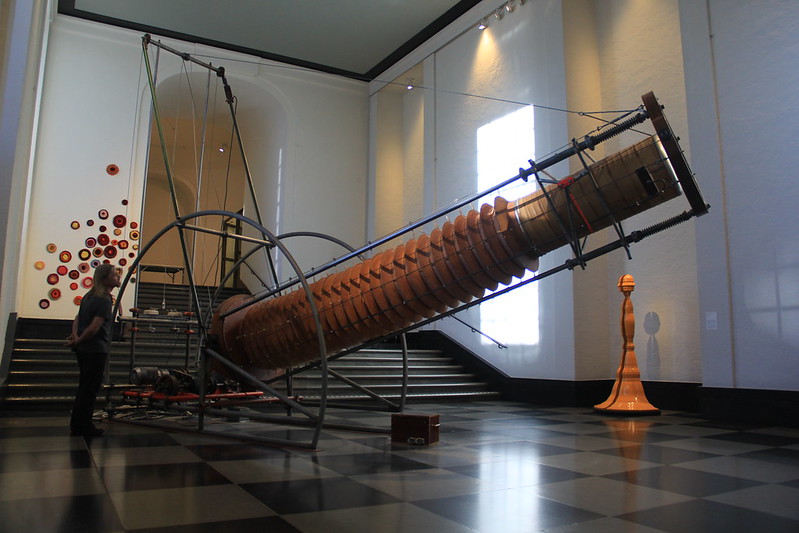


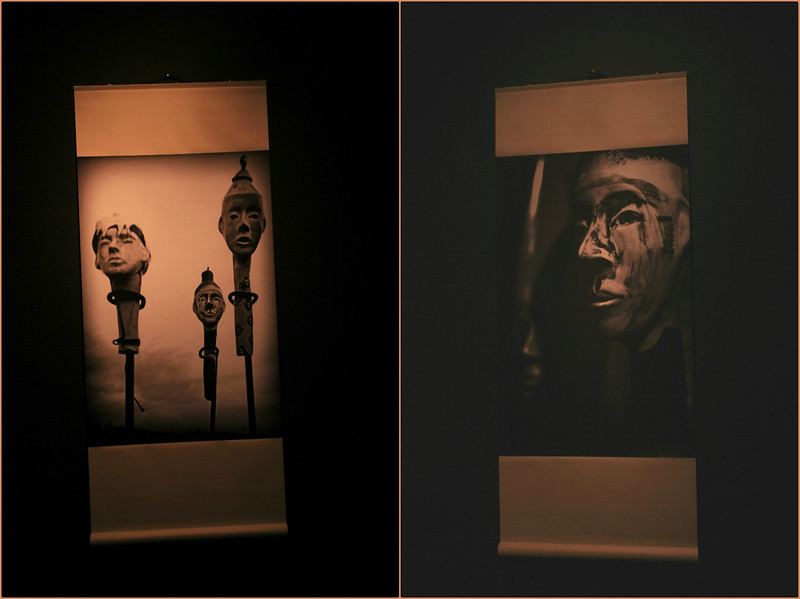

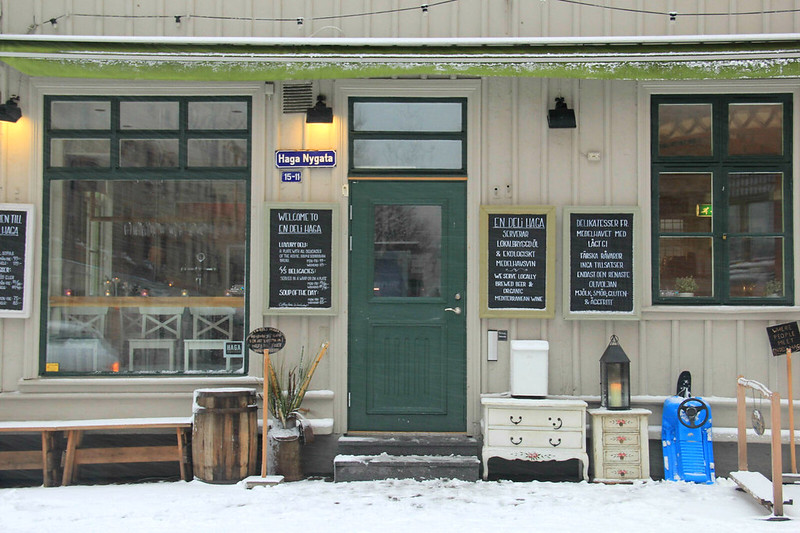
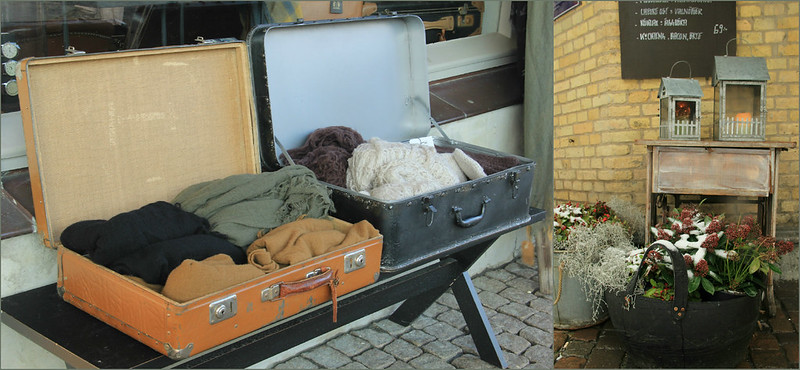

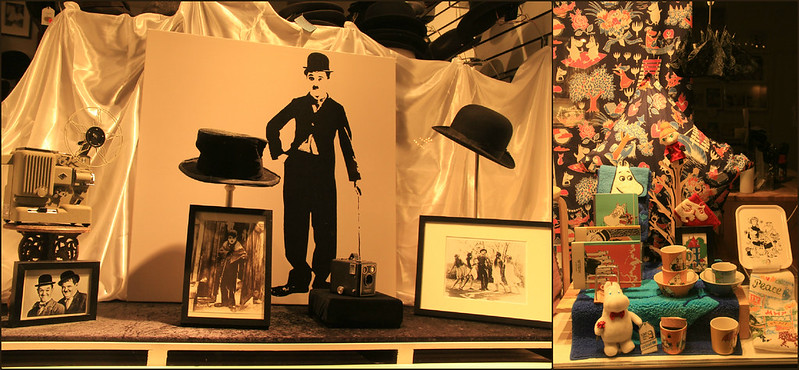
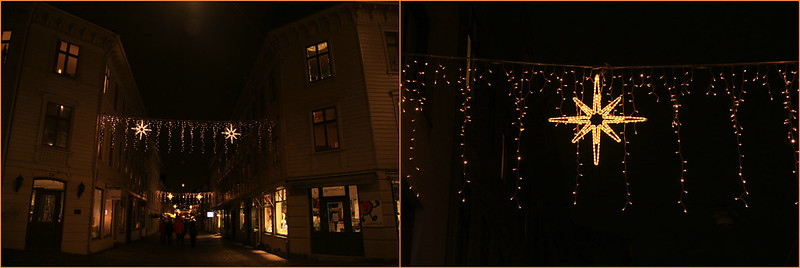


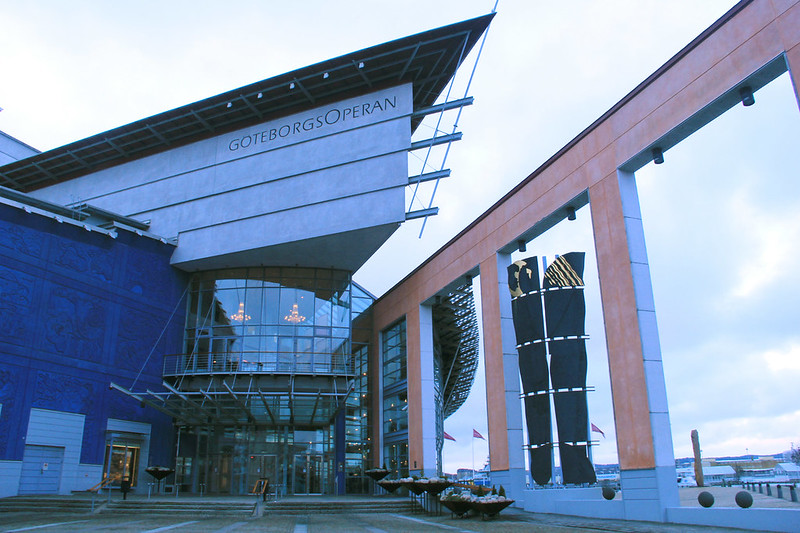
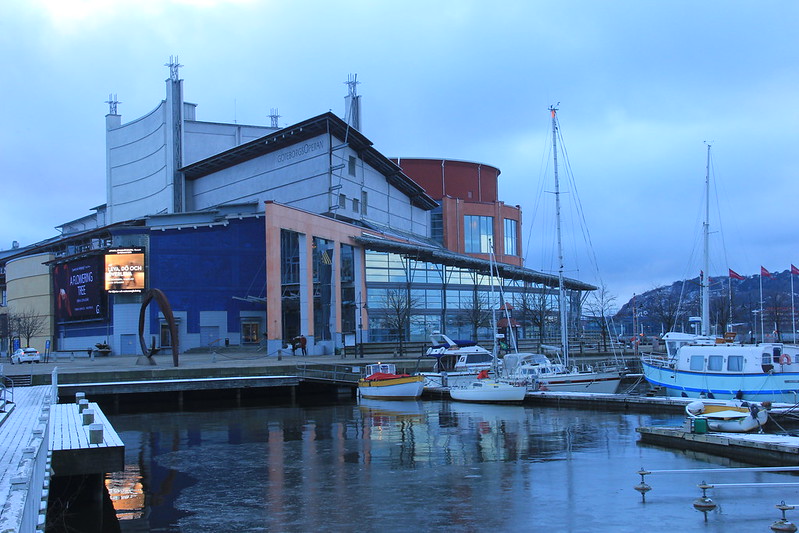
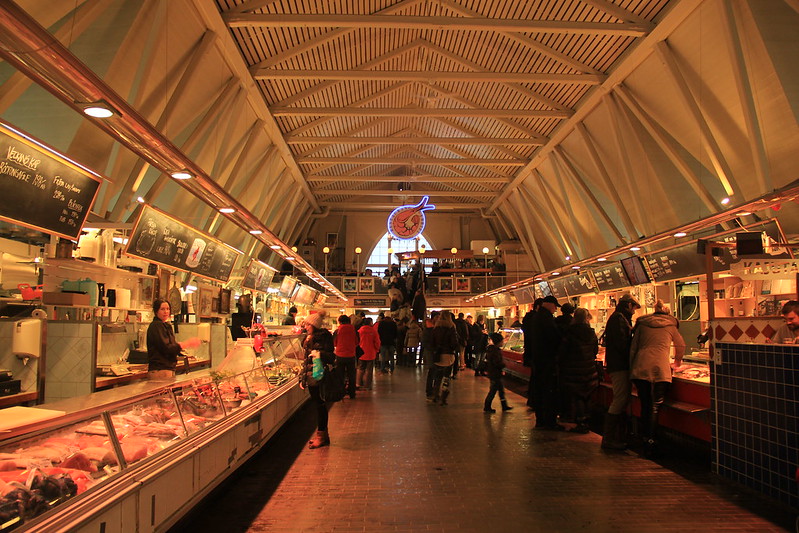






6 Comments
Your pictures of the city are so gorgeous! And I love the sound of the Haga district. That’s totally up my alley. I die for cozy cafes and vintage shops! But yikes! Visiting there for just a weekend is not cheap!!
Yeah, it definitely wasn’t cheap! I don’t know how travel bloggers manage to travel long-term through these sorts of countries – the weekend alone made a large enough dent in my finances! (but then I did pay for the two of us, minus my boyfriend’s spending money)
We really want to explore the Northern End of Europe, but the closest we will get this year is Denmark (which sort of counts!).
Sweden looks amazing and I know one day we will get there.
I also love the editing you’ve done on your photos. If you don’t mind, what program/effect did you use on that photo with the tram?
Nicole, it’s actually a mobile app called ‘Snapseed’. It was a really cloudy day when I took the photo so I added a bit of HDR to brighten it up a little 🙂
Oh my dear Sweden and Gothenburg! I lived there for two years (about 10 years ago), and loved it… you brought back so many sweet memories! Those beautiful wooden houses, the snow, the Opera, the ships, the kanel bullar… haha and the tramways are still the same! Thank you!! 🙂
I love reading other travel bloggers’ posts about places I’ve spent time in and fallen in love with, like you say it brings back so many good memories. It’s also interesting to learn how places have changed, and to compare your own experiences to those of others 🙂